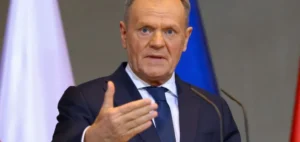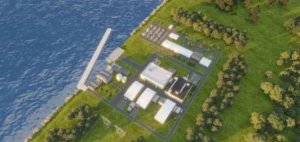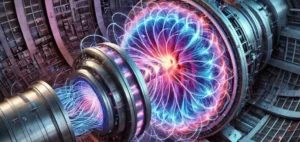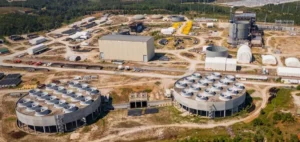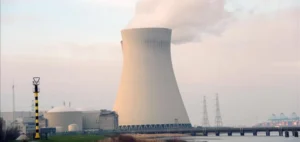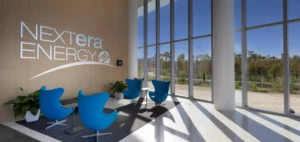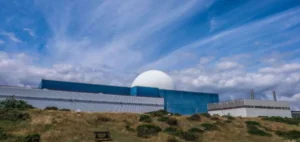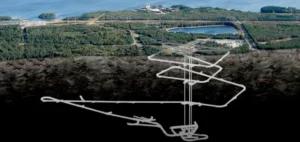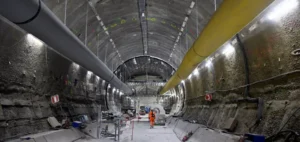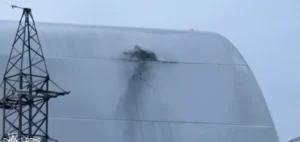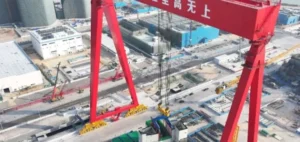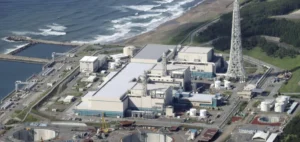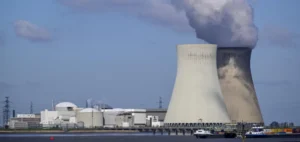Diablo Canyon selected to receive CNC program to preserve nuclear energy infrastructure in the United States.
Expected funding
Diablo Canyon has conditional support from the Biden-Harris administration through the U.S. Department of Energy(DoE). The nuclear power plant will be part of the project to preserve America’s clean nuclear energy infrastructure. The plant could receive the first round of funding from the Civil Nuclear Porgramm of Credit (CNC).
Funded by President Biden’s bipartisan infrastructure bill, the CNC program is worth $6 billion. It supports the continued operation of safe and reliable nuclear energy facilities. In addition, nuclear is the largest source of carbon-free energy in the United States.
Diablo Canyon Units 1 and 2 were scheduled to cease production for retirement in 2024 and 2025. However, the conditional grant of credit, valued at $1.1 billion, paves the way for the reopening of the plant. U.S. Secretary of Energy Jennifer M. Granholm states:
“This is a critical step in ensuring that our nation’s nuclear fleet will continue to provide reliable and affordable electricity to Americans as the nation’s largest source of clean electricity. Nuclear power will help us meet President Biden’s climate goals, and with these historic investments in clean energy, we can protect these facilities and the communities they serve.”
In addition, final terms are still being negotiated and the DoE will finalize the case. Owned and operated by Pacific Gas and Electric Company, Diablo Canyon produces approximately 16GWh of electricity per year. Thus, this production represents about 15% of the clean energy of the Californian state.
Scheduled closures
Nuclear power currently provides 50% of America’s carbon-free electricity. However, since 2013, 13 commercial reactors have experienced early closure. Nuclear power plants also compete with plants that burn abundant natural gas.
These closures resulted in increased carbon emissions in these areas. In addition, these decisions had an impact on air quality. In addition, these closures resulted in significant job losses.
The first round of NCC awards prioritizes reactors threatened with imminent closure like Diablo Canyon. This solution thus limits applications to reactors undergoing closure procedures. For the Diablo Canyon plant, the program will save 1,500 jobs in the energy sector.
The second round of CNC allocation will give priority to reactors with planned shutdowns. These plant shutdowns, due to economic factors, are scheduled to occur over the next four years. DOE is expected to begin accepting applications for the second round of NCC funding in January 2023.




